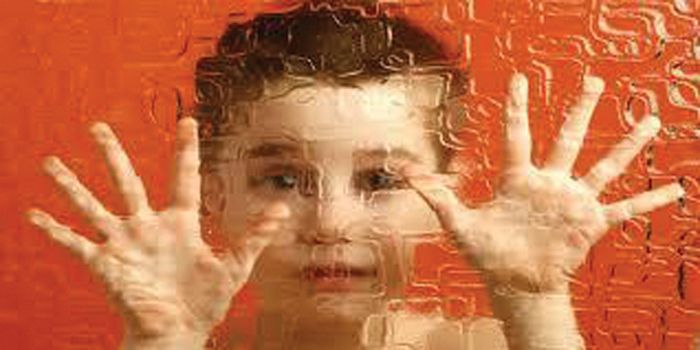

Child Health
By Dr Shan Narayanan


What is ASD
Autism Spectrum Disorder (ASD) is characterised by:
- Persistent deficits in social communication and social interaction across multiple contexts;
- Restricted, repetitive patterns of behavior, interests, or activities;
- Symptoms must be present in the early developmental period usually recognised in the first two years of life;
- Symptoms cause clinically significant impairment in social, occupational, or other important areas of current functioning.
What are the signs and symptoms of ASD?
Symptoms of ASD vary from one child to the next, but in general, they fall into two areas:
- Social impairment, including difficulties with social communication
- Repetitive and stereotyped behaviours.


What is the cause of ASD?
Scientists don’t know the exact causes of ASD, but research suggests that both genes and environment play important roles. In USA it is estimated that 1 in 68 (March 2014) children have ASD. In Malaysia, the prevalence is about 1 in 625 children.
How is ASD diagnosed?
ASD is diagnosed in two stages:
Stage 1
Screening for Autism at 18 months and 3 years during well child check up. Children who are suspected of having ASD are referred to the paediatrician for further assessment.
Stage 2
A comprehensive assessment by a child development team that includes a paediatrician, speech therapist, occupational therapist and a psychologist. A diagnosis is then made.
How to help the child with ASD?
ASD is a disorder and not a disease thus there is no cure. However it can be managed well. As soon as a diagnosis is made, the child is sent for Early Intervention. Early Intervention involves speech therapy, occupational therapy and teaching activities at the proper developmental level for the child in a small group. The teaching is reinforced repeatedly. Parents are also trained on how to deal with their child. During school years an appropriate school based programme is used. Some of the children with ASD can school in mainstream schools.
When the child is taught appropriately, it reduces ASD symptoms and increases their ability to grow and learn skills.
What is the long term?
The long haul is with the parents and the family. Parents need support and training on how to deal with a child with Autism. It can be physically and emotionally exhaustive thus support groups play an important role.
The long term outcome of the child depends on the severity of the ASD and the training and support the child receives.


